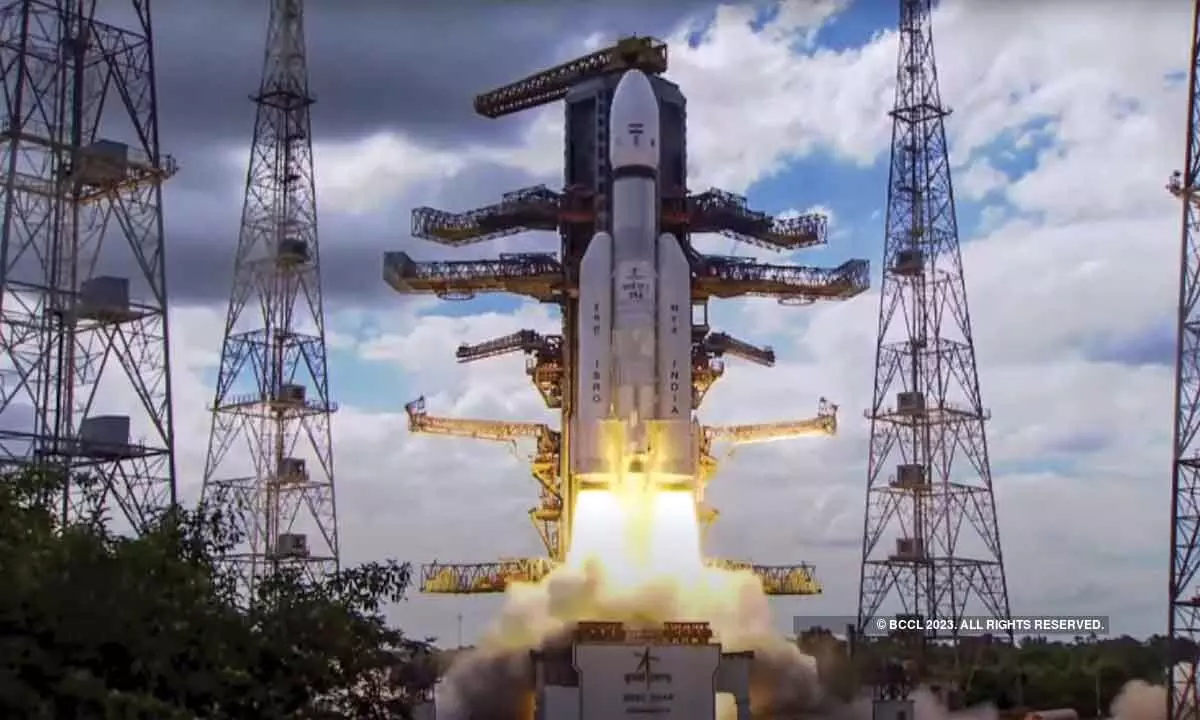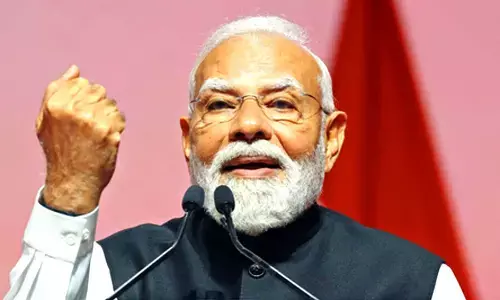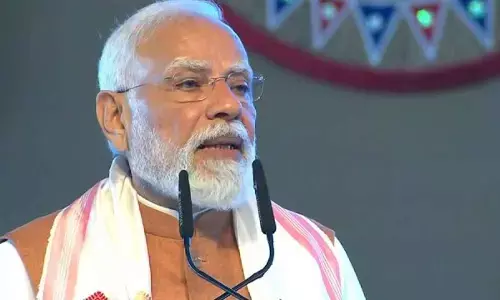Chandrayaan-3 mission success has opened up potential for Moon's use as take off point for future planetary missions: Kasturirangan

The successful Chandrayaan-3 mission has opened up the potential to use the Moon as a take-off point for future planetary missions
The successful Chandrayaan-3 mission has opened up the potential to use the Moon as a take-off point for future planetary missions, and bolstered India's credentials to participate in such futuristic explorations, veteran space scientist K Kasturirangan said on Thursday. Kasturirangan said the soft-landing and ability to maneouvre after touchdown to explore the neighbourhood and all that goes along with it including the understanding of the entire process have given the ISRO a "total capability".
The futuristic planetary explorations are going to dominate the humankind's activity in the 21st century. The latest lunar missions is "one of the very key milestones of ISRO's journey in the last 50 years because for the first time you have comprehensively demonstrated the ability of the space programme of ISRO to land an object outside the earth, into another body of the solar system", the former ISRO Chairman told PTI.
The mission's lander module, 'Vikram' successfully touched down on the lunar surface on Wednesday, with Rover 'Pragyan' later rolling into the lunar surface to conduct various experiments. "I think it's a very unique capability", Kasturirangan said.
India on Wednesday became the first country to land a craft near the south pole, and the fourth--after the US, China and erstwhile USSR to master the soft-landing technology.
"Exploring the south pole is very important because of the fact that sunlight does not come much, and since the moon has stopped evolving after two billion years, the south pole is a pristine region which gives you telltale signs of almost two billion years of uninterrupted existence, without other kinds of radiations and so on and so forth", Kasturirangan said.
"There is a good possibility that water--if it is available in large quantities, because it's always a frozen area, should become a very important source for using in future missions, with the moon as a platform", he said.
Noting that India is now a member of the Artemis Accords, he said we will use that opportunity to be a member of a club which will try to use the Moon as a take-off point for exploration of other objects in the solar system.
"So, this also is very important, because we landed in that place which is supposed to be very potential from that particular point of view of water, and other areas like chemical, physical and environmental properties which are to be understood much better than what it is today."
Grounded in the Outer Space Treaty of 1967 (OST), the Artemis Accords are a non-binding set of principles designed to guide civil space exploration and use in the 21st century. It is an American-led effort to return humans to the moon by 2025, with the ultimate goal of expanding space exploration to Mars and beyond.
India signed it on June 21, 2023, becoming the 27th nation to do so. Prime Minister Narendra Modi had said at the time that India has taken a "big leap forward" in space cooperation after it joined the Artemis Accords, which advance a common vision of space exploration for the benefit of all humankind.
Kasturirangan further said the Chandrayaan-3 mission will also enable further enhancing of the knowledge in the scientific area, adding technology is one of the most complex and advanced and India has demonstrated to the world that it has mastered it. "I think it is a matter of great pride for all of us".
When India initially thought about undertaking lunar missions, the idea was to launch an orbital venture, followed by lander and rover craft to explore the neighbourhood with respect to various types of chemicals and so on, and even sample-return missions.
"But currently, besides that, we also would now like to see if there is water, habitable regions and so on. How do we try to configure human settlements as a part of either as a national programme or an international collaborative effort like Artemis where we will have the possibility of slowly moving towards creating habitats for exploration, not for permanent residence but habitats", Kasturirangan said.
ISRO, he said, has taken the right step in the context of a futuristic use of the Moon as a platform for other exploration as well as trying to use it as a potential source for various types of resources including minerals .
Asked if a sample-return mission is the logical step in the Chandrayaan programme, he said: "Today, I think we do a lot of these (analysis of samples collected from moon) through in-situ analysis itself (by using instruments carried by rover)." "So, one is not very sure whether one should go but there is still a lot of interest.
I am sure the sample-return mission will also be one of the potential missions in the context of trying to understand the lunar chemistry, physical properties and many other kinds of characteristics which are of interest to understand the moon in its totality", he added.


















